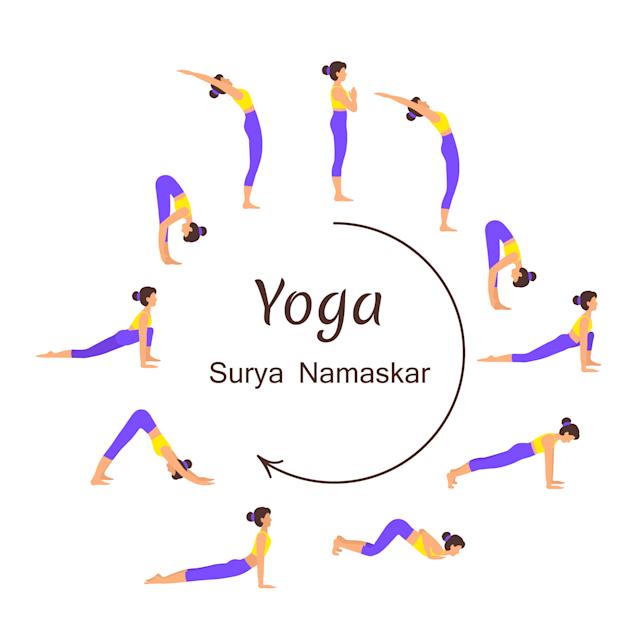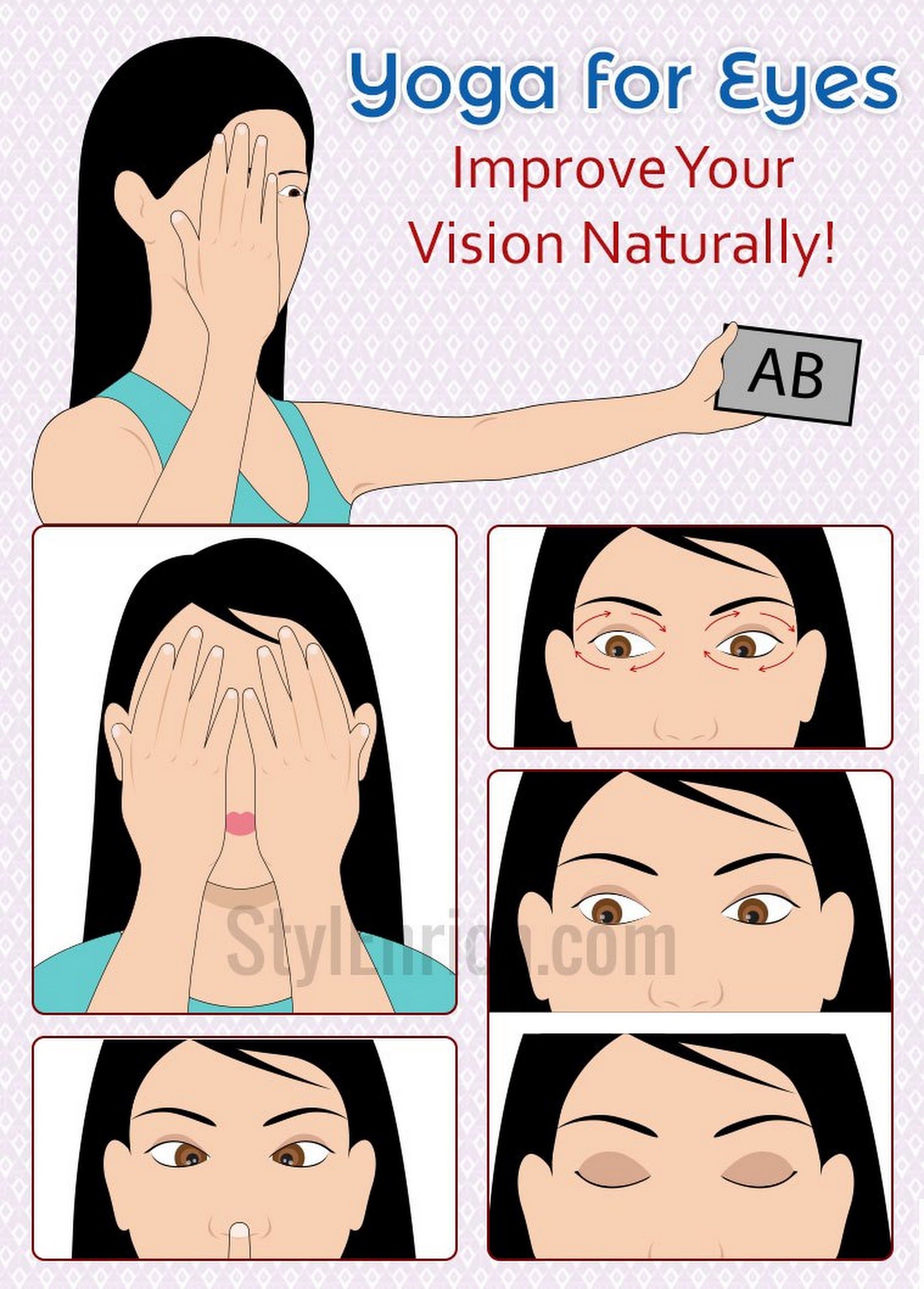
It is not always easy to understand the anatomy of yoga poses. This is why it's so important to practice with the body in your mind. Many people believe tight muscles are the cause of their problems, but it's actually compression. It is not something to be afraid of, even though it can seem daunting. For those who want to reap the benefits, it is important to learn the anatomy of yoga postures. This article will help you to make it easier to perform your yoga poses.
Yoga poses' anatomy is heavily dependent on the muscles. In general, the hamstrings are responsible for knee extension and flexion. They run from the pelvic plate to the elbow. The hamstrings play an important role in hip extension and flexion in yoga. However, there are many common variations of hamstrings. You should be aware of yours before you try any yoga poses.

The hamstrings control the extension of your knee. They are found between the iliac spinal spine and the foot and insert onto the posterior side of the calcaneus. Because of this, hamstrings have a vital role in many types if yoga poses. Gastrocnemius, on other hand, comes from the medial andlateral condyles in the femur. He is responsible for plantarflexion.
As mentioned above, not every human body is the same. Although the yoga world would love you to believe otherwise the truth is that every person is unique and will have different results in each pose. Your ability to attain the desired results in any of the yoga poses can be affected by differences in your anatomy, whether you are a woman (or a man) You need to be aware of your unique anatomical characteristics in order to properly practice yoga.
Knowing the anatomy of different parts and body parts is essential, along with yoga postures. The three types of muscles that are most important, the adducted, extended and long-term, should be known. Be aware of the difference between abduction and flexion and of how your body moves within each. Before you start a yoga class, it is a good idea to consult with your instructor if you are just starting out.

Each person's body is different from the photographs of yogis. You cannot do the same yoga poses as another person. Although a book with photos of many yoga poses and their anatomy can be helpful, it won't help you to master them all. You need to understand the physiology of yoga so that you can safely practice it. An exercise video can help you learn how to perform a certain pose.
FAQ
What does butter do to men?
Butter is one of many good sources of saturated fats. This type of fat contributes to healthy skin, hair, and stronger bones.
Butter also contains vitamin K, which prevents bleeding from cuts and bruises. Vitamin K works together with vitamin C to prevent bruising.
Butter also contains minerals like calcium, phosphorous and potassium. These elements are good for teeth and bones.
Butter has its drawbacks. Butter contains high levels of cholesterol. Some studies show that consuming too much cholesterol may increase the risk of developing cardiovascular disease.
Butter is high in saturatedfat, which contributes both to obesity, and raises cholesterol.
Butter can be spread on bread, but you don't have to dip it into soups or salads if you absolutely must. Bread absorbs less oil than pasta and potatoes.
How many calories should you consume each day?
This can vary from person to person. On average, between 2000 and 2500 calories a day. You need to determine how many calories you need based on age, gender, height, weight, activity level, and lifestyle.
What is a good seven-day workout routine?
A seven-day program should include three days of cardio training (running, biking and swimming), two strength exercise (using free weights or weight machines) and one flexibility/core work out (yoga, Pilates). Each activity should be performed at least once each week. The total time for each session should not exceed 45 minutes.
Cardiovascular Exercise: Running, Biking, Swimming
You should aim to get at least 60 mins of cardio exercise per week. To achieve the best results, aim to exercise for at least 75 minutes each week. Cardio exercise can improve blood flow and stimulate muscle development.
Strength Training
Cardio exercises focus on the heart and lungs while strength training targets muscles and bones. Strength training can help you burn calories even when you're not working out.
Flexibility & Core Workouts
Your whole body will be stronger if you have flexibility and core training. Both yoga or Pilates are great options.
Do Men Need A Gym Membership?
A gym membership does not have to be required for men. However, your money will be more valuable if you join a gym.
Many gyms offer free trial memberships so you can try the facilities out before paying for anything.
You can use the gym whenever you like, and it won't cost anything. You can cancel or modify your membership anytime you feel you don't like it.
What is the best workout routine to build muscle?
There are two major exercises that you should do when you want to build muscle mass. These are isolation exercises and compound moves. While isolating exercises target specific muscles, compound movements are designed to focus on multiple muscle groups at once.
You can improve your workouts by choosing exercises that challenge all major muscle groups. This ensures that each session is challenging.
An app called MyFitnessPal allows you to keep track of everything. It allows you to log everything from calories burned to weight lifting. You can also create customized meal plans based upon your goals.
Statistics
- Get free shipping and 25% off today. (healthline.com)
- According to the American Academy of Dermatology (AAD), men over 50 are at a heightened risk of developing it. (healthline.com)
- By John Thompson Take a whopping 38% off a set of PowerBlock Pros. (menshealth.com)
- An estimated calorie range for moderately active adult males falls between 2,200 to 2,800 calories per day, depending on age. (eatright.org)
- According to the American Heart Association, blood pressure should be checked at least once every two years, beginning at age 20. (my.clevelandclinic.org)
External Links
How To
How can a man be fit in only 30 days?
Breaking down fitness goals into manageable steps will help you reach your fitness goals.
This is why you should make sure that you're working toward your goal every day. This could include anything from 10 pushups that last 5 minutes to running 3km.
This will ensure that you see positive results if you practice it consistently over time.
Consistency is the key here. Keep at it until success!
What's the difference between Aerobic Fitness & Anaerobic Fitness, and how can you tell?
Anaerobic fitness is the ability to do intense physical work without oxygen. During periods of high-intensity exercise, we use anaerobic pathways to provide enough energy to complete the task. Anaerobic pathways can include glycolysis, creatinephosphate, the Phosphagen, and lactic acids.
In contrast, aerobic fitness refers to sustaining continuous low-intensity exercise. While performing aerobic exercises, oxygen is used as the primary source of fuel for the cells. In other words, the aerobic pathway provides more energy than the anaerobic pathway.
You must build your aerobic capacity before you can run a marathon. You won't be successful if you focus only on your anaerobic ability.
Aerobic fitness can also be called cardiovascular fitness. The two most commonly used methods of measuring cardiovascular fitness, are VO2 Max testing and step tests.
Test VO2 Max
The maximum amount of oxygen (O2) the body can use during exercise is called VO2 max. This test measures how much oxygen the body can use while exercising.
This is one of the most accurate tests to measure cardiovascular fitness. This test requires expensive equipment, and highly qualified professionals to administer.
Step Tests
Step tests are a simple but effective way to measure cardiovascular fitness. Based on your age and weight, they involve running or walking on a track or treadmill for a specified time.
These tests are easy, inexpensive, and accessible almost anywhere. You can, for example, walk for 2 minutes on a treadmill, then rest for 1 min, then repeat the process for 20 minutes. Then, stop. Throughout the session your heart rate should not exceed a specified range.
This method is called the Bruce Protocol. Bruce himself was a runner who developed this protocol after he realized that his heart rate would not increase when he ran longer distances.